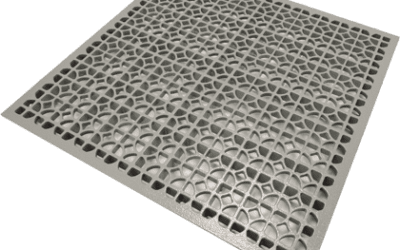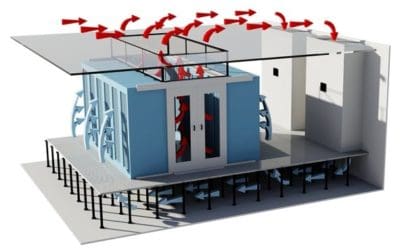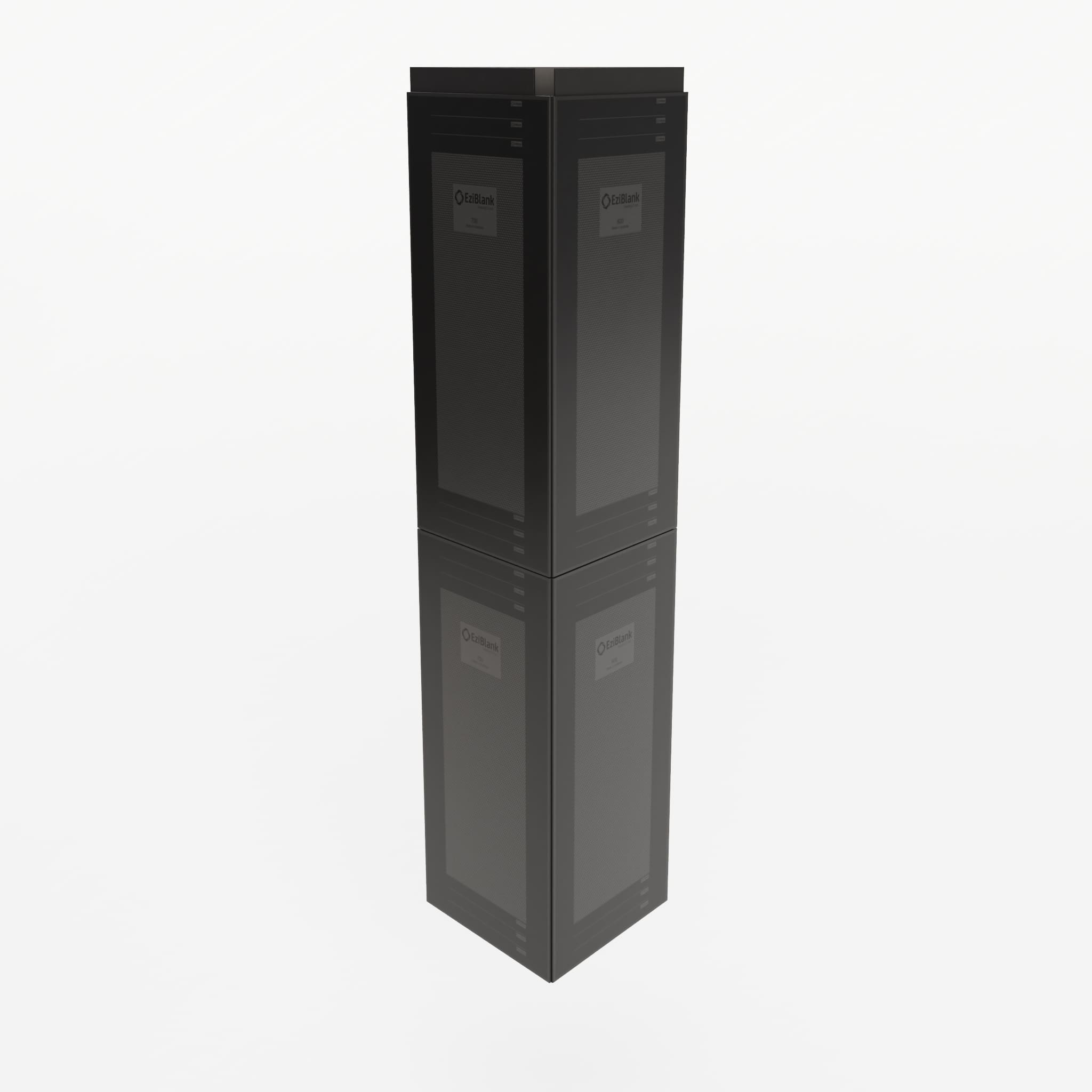How to create the perfect data center airflow management plan
If you know anything about data centers , then you would know the costs of hardware and operations are not trivial.
A huge area of operations expense is just the cooling system. Estimates put this at anywhere from a quarter to nearly half of the total data center budget.
Many people use inefficient airflow management strategies which can further increase the expense used for cooling systems without any increase to effectiveness.
So, if you’re looking for a way to increase the efficiency of your airflow you have come to the right place
In this article, we will outline the steps you need to take to develop the perfect airflow management plan including using aisle containment systems, physical infrastructure, free cooling and monitoring techniques.
In the article:
[—ATOC—]
[—TAG:h2—]
Why do you need a data center airflow management plan?
Before we get into steps to creating your perfect airflow management plan, it is important to understand exactly why it is necessary.
Data center cooling is built on a single basic principle: IT equipment should be kept cool and in the most efficient way possible.
Some people have the misconception that if a data center gets hot it is best just to add more cooling. This might work to keep the temperature correct, but does not have an overall positive effect.
When existing cooling systems cannot maintain an ideal temperature in a data center, the most common cause is not insufficient power but poor airflow management.
Developing the right plan for managing the efficiency of airflow in your data center leads to the positive effect of reduced cold supply air needed for cooling.
Essentially, you need a data center airflow management plan so that you can reduce the cost spent on cooling and the damage of your energy consumption on the environment.
But what components should form part of this plan?
The importance of hot and cold aisle containment systems
Hot and cold aisles were among the first airflow management solutions developed. These work by separating the hot and cold air streams in the data center. This keeps the cold air from mixing with the warm air, which increases cooling capacity and reduces the amount of energy devoted to cooling. In addition it minimizes hotspots most common to unreachable systems.
A further step from this aisle layout is then a containment system.
The two containment systems are similar in principle, but as the name suggests hot aisle containment is about containing the hot air in the hot aisle whereas cold aisle containment is about containing the cold air in the cold aisle. While a hot aisle containment system is more costly, it is generally much more effective in the long run.
In order to contain the aisles, data centers you should first have servers in organized rows, with the hot exhaust air directed out of the back into the hot aisle, and the cooling air going in the front. Then physical barriers go at the end of aisles or on the ceiling above the servers further preventing the air from mixing.

Using physical infrastructure for increased efficiency
As well as a containment system, there are multiple airflow management strategies based upon using physical barriers or infrastructure to improve the efficiency of your cooling systems.
Blanking panels
Blanking panels are one of the simplest and most effective methods for improving data center air flow. It is important to avoid open regions in server racks so blanking panels get this job done.
By installing these panels in strategic locations, you can help to direct the airflow where it is needed most. This will also work to prevent hot spots from forming.
Raised Floors
Raised floors also play a significant role in data center airflow management. By raising the floor above the level of the servers, it is possible to create a continuous flow of air beneath the entire data center. This helps to keep the servers cool and ensures that the air is circulated properly.
Installing a raised-floor tile system is the best way to take advantage of the benefits of a raised floor. The tiles create a smooth surface that allows the air to flow beneath the data center, ensuring that the servers are kept cool and the air is circulated properly.
Take advantage of free cooling
With increasing energy costs, a number of data centers are now adopting free cooling.
This is where you lower air temperatures by using the cold air outdoors in your data center. This can be done by having openings around the data center, that are strategically placed to allow air to flow from the outside in.
The main advantage of free cooling is that it can save you a significant amount of money on your energy costs.
In addition, it is a more environmentally-friendly option, as it does not produce the same level of greenhouse gas emissions as traditional data center cooling methods. This is often employed as a green data center solution.
Airflow monitoring in data centers
One of the most important aspects of airflow management is ensuring that other strategies you implement, or layout changes actually result in proper air circulation throughout the data center.
Additionally, to check that nothing has become faulty over time. To do this, it is necessary to monitor the airflow at all times.
Airflow monitoring can be done in a number of ways. One of the most common methods is to use sensors to track the temperature and humidity levels.
Another option is to use an airflow visualization tool. By being able to see the airflow in real-time, it is possible to identify any problems and correct them quickly.
The best ways to manage data center airflow
Managing data center airflow is critical to maintaining the health of your servers and ensuring that they operate at peak efficiency. By using a variety of methods, including blanking panels, raised floors, and free cooling, you can create a flow of air that keeps your servers cool and prevents any overheating.
Implementing these strategies will not only improve the operation of your equipment, but also reduce the amount of energy you need to use for cooling. This has the added benefits of reducing costs and environmental damage.
If you are still curious about airflow management take a look at our article on how airflow works. Or if you are looking to get onto developing an airflow management plan immediately, check out our guide to airflow management products.





